solitary stowaway
four (9B near 9A)
3 years ago
last modified: 3 years ago
Featured Answer
Sort by:Oldest
Comments (32)
Embothrium
3 years agoJay 6a Chicago
3 years agolast modified: 3 years agoRelated Professionals
Reading Landscape Architects & Landscape Designers · Bethlehem Landscape Contractors · Barrington Landscape Contractors · Biloxi Landscape Contractors · Brooklyn Park Landscape Contractors · Firestone Landscape Contractors · Mason Landscape Contractors · Middletown Landscape Contractors · North Ridgeville Landscape Contractors · Old Saybrook Landscape Contractors · Rio Linda Landscape Contractors · Seymour Landscape Contractors · Vineyard Landscape Contractors · Markham Landscape Contractors · Northlake Landscape Contractorsfour (9B near 9A)
3 years agolast modified: 3 years agofloral_uk z.8/9 SW UK
3 years agoJay 6a Chicago
3 years agolast modified: 3 years agofour (9B near 9A)
3 years agolast modified: 3 years agoJay 6a Chicago
3 years agofour (9B near 9A)
3 years agolast modified: 3 years agofour (9B near 9A)
3 years agolast modified: 3 years agofour (9B near 9A)
3 years agolast modified: 3 years agoJay 6a Chicago
3 years agolast modified: 3 years agofour (9B near 9A)
3 years agofloral_uk z.8/9 SW UK
3 years agofour (9B near 9A)
3 years agofour (9B near 9A)
3 years agolast modified: 3 years agofloral_uk z.8/9 SW UK
3 years agofour (9B near 9A)
3 years agolast modified: 3 years agofour (9B near 9A)
3 years agolast modified: 3 years agoJay 6a Chicago
3 years agofour (9B near 9A)
3 years agoJay 6a Chicago
3 years agofour (9B near 9A)
3 years agolast modified: 3 years agoJay 6a Chicago
3 years agofour (9B near 9A)
3 years agolast modified: 3 years agoJay 6a Chicago
3 years agofour (9B near 9A)
3 years agoJay 6a Chicago
3 years agofour (9B near 9A)
3 years agoJay 6a Chicago
3 years ago
Sponsored
More Discussions









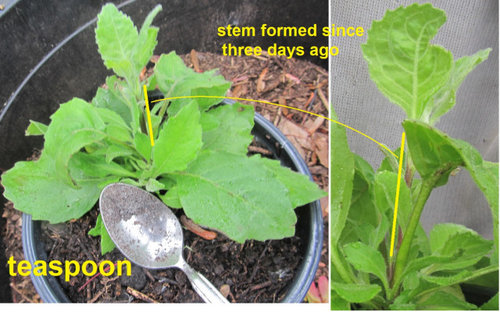
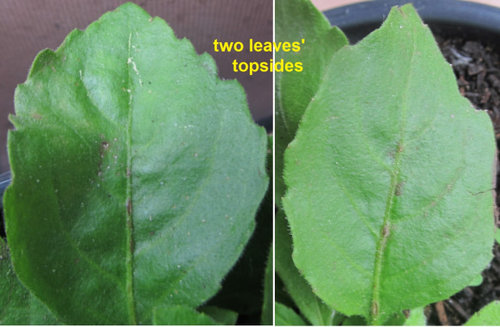

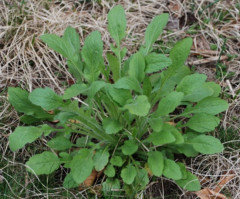

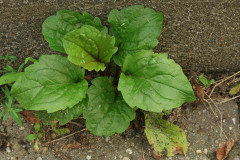
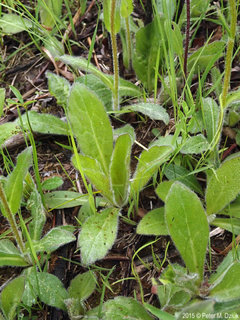
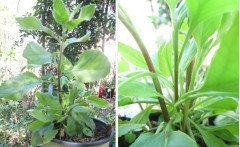
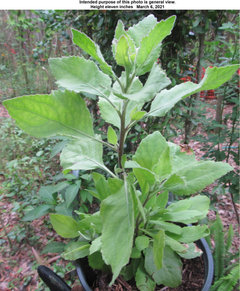
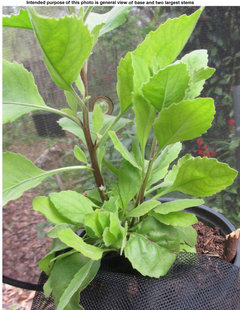

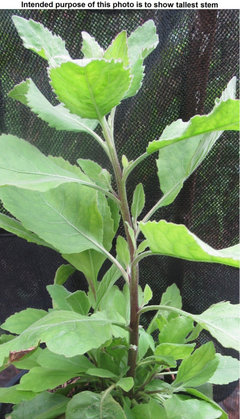


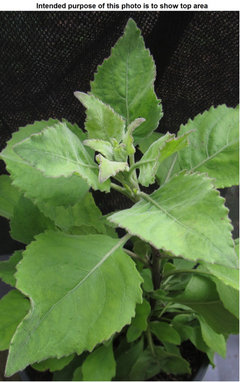
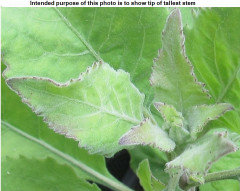
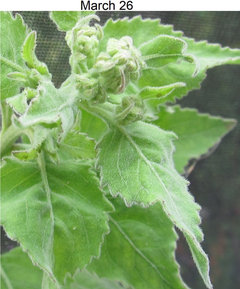
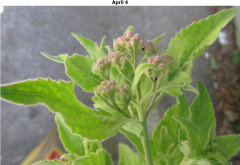




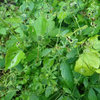
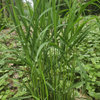

four (9B near 9A)Original Author